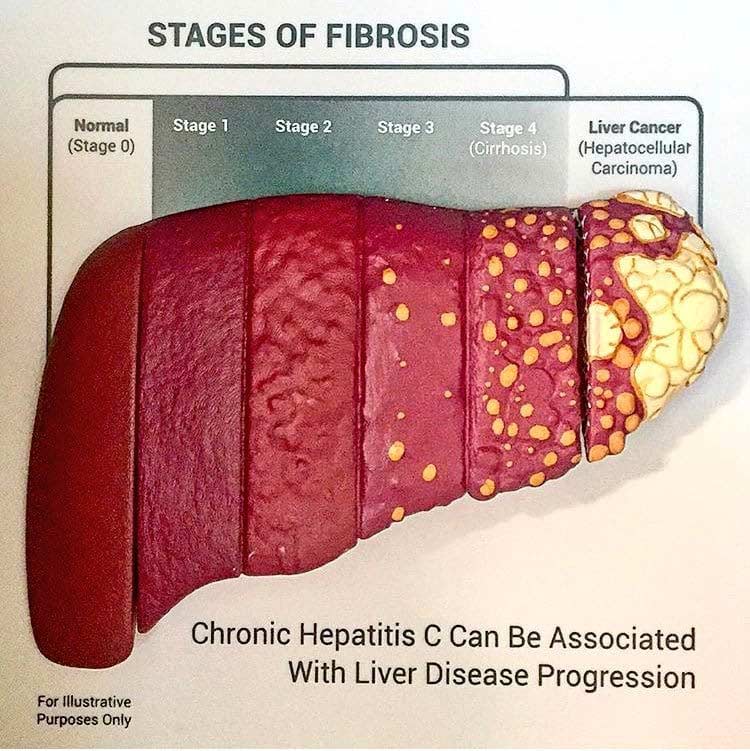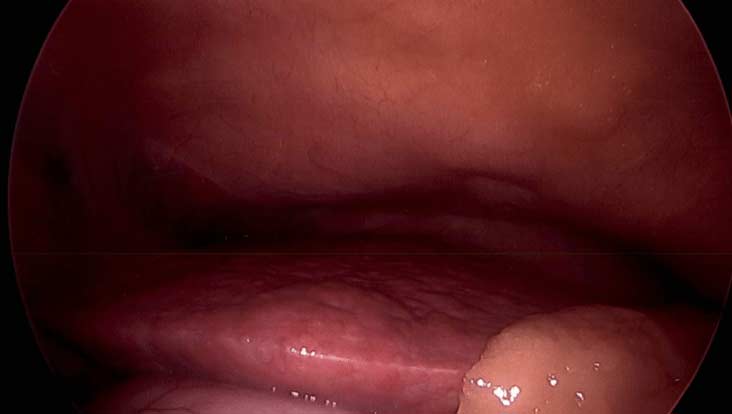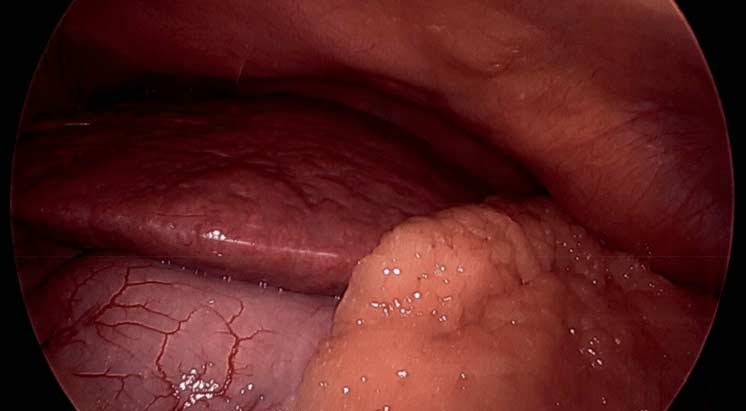Category: alkaline phosphatase
Liver Injury and Obesity
April 30, 2018 11:36 am
Liver is a vital organ. It has many roles in the physiologic pathways including protein productions, clotting function, iron metabolism, production of bile and cholesterol, etc. as well as metabolism and filtering of waste products. We should think of it as a refinery, for conversion of raw material from food to energy used by our body, in addition to a processing and distribution center for mineral, and nutrients. Liver injury can have devistating effects and long term ramifications if unchecked.
Liver is also very resilient and forgiving to stressors and injury. The liver will tolerate repeated insults caused by Medication (both prescription and over the counter) , obesity, Diabetes, alcohol, and herbal supplements, to name a few, but only if care is taken and the offending stressor is removed. During the injury phase, however, the liver may have a difficult time keeping up with bodily function needs due to loss of fully function cells.
The anatomy of liver can change from normal (both visually to the naked eye and under microscope) to mild inflammation and reverse back to normal if the underlying causes of injury are removed. IF, however, the anatomy of the liver changes with fibrosis, it crosses to an irreversible range where it can only be prevented from progressing rather than reversing.
In the obese population, Non-alcoholic Fatty Liver Disease (NAFLD) causes inflammation and a slowly diminishing functionality of the liver. NAFLD is the leading cause of liver disease in the U.S. Unchecked or untreated NAFLD can progress to NASH (Non-Alcoholic Steatohepatitis. NAFLD, or “fatty” liver disease, is an accumulation of fat within the liver. NASH is a progression that can lead to inflammation of the liver cells or advance to fibrosis and cirrhosis. In addition to liver injury, there is some evidence that NAFLD also correlates with cardiovascular disease.
Causes of NAFLD:
- Obesity
- Type 2 Diabetes Mellitus
- Hypertension
- High cholesterol
- Sedentary lifestyle
Symptoms may include fatigue, right upper quadrant pain, and liver enzyme elevation.
During bariatric or weight loss surgery, we visualize and occasionally biopsy the liver to define the degree of injury, if identified. Following weight loss surgical procedures, a rise in liver function enzymes may be expected due to the processing of waste products following fat mass loss. However, long-term bariatric procedures can significantly improve NAFLD and NASH. Bariatric procedures require adherence to protein and supplement requirements and regular physician visits—the past blog of liver disease.
Weight loss surgical procedures improve liver function abnormalities.
Metabolic Processes In Different TissuesExclusive Member Content
February 11, 2016 8:29 am
What does elevated Alkaline Phosphatase level mean?
March 18, 2014 2:17 am
There are laboratory studies that can distinguish between 2 primary sources of the ALP. The two “isoenzymes” are bone ALP and liver ALP.
- Weight loss Medications compared to surgery February 20, 2024
- SIPS-SADI and ASMBS December 31, 2023
- Survey December 16, 2023
- Long Term Outcome Survey December 1, 2023
- Weight Loss Injection May 10, 2023



